7-Day Malta Escape: The Ultimate Island Getaway Itinerary

Malta is a Mediterranean escape with a blend of history, culture and adventure, located in the heart of the Mediterranean Sea. Here’s a comprehensive itinerary for you to spend 7 days in Malta to help you make the most out of your Maltese getaway.
7 days in Malta is the ideal time frame to enjoy a more relaxed itinerary and appreciate all that Malta has to offer. Take time to soak up the island’s rich history, from the grandeur of St. John’s Co-Cathedral to the megalithic temples at Ggantija. Indulge in traditional Maltese cuisine and soak up the sun on the stunning beaches.
However if time does not permit, you can opt for a shorter 4-day itinerary instead. Also, if you have kids in tow you can adapt your selection to include some activities tailored for kids.
Day1: Valletta
Valletta is the capital city of Malta and is a UNESCO World Heritage site. The city has a rich history and culture, with well-preserved architecture and stunning views of the Mediterranean Sea.
Upper Barrakka
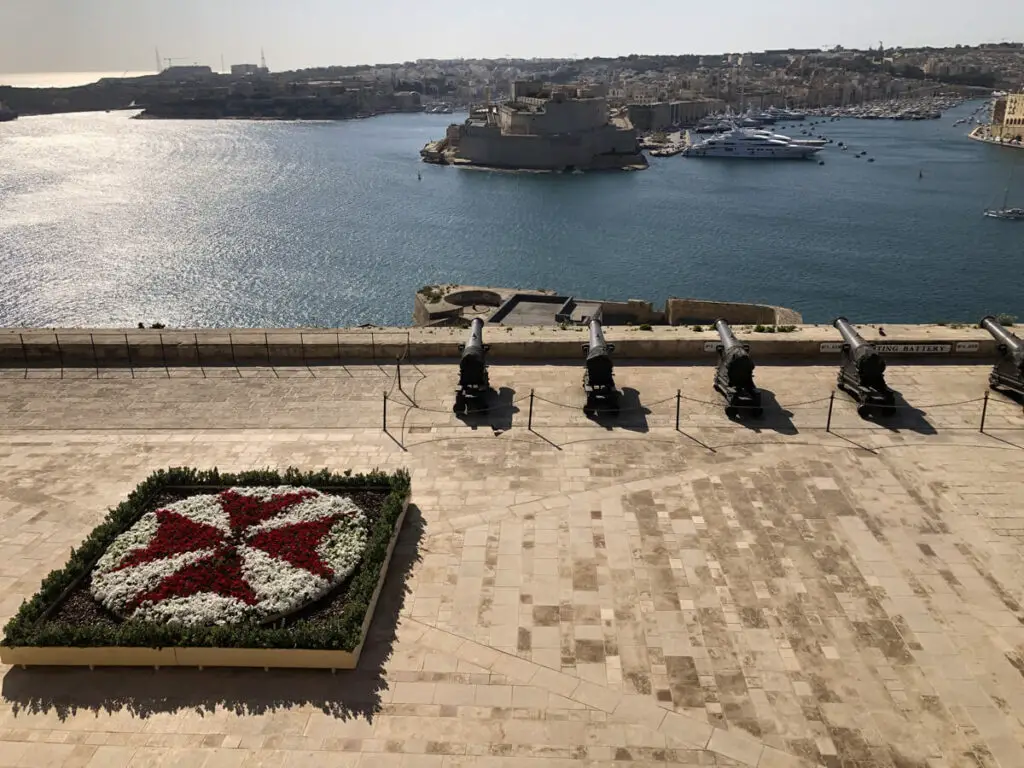
Start your day early at the Upper Barrakka Gardens to enjoy a leisurely stroll and take in the lush greenery and colourful flowers. The gardens also offer breathtaking panoramic views of the Grand Harbour and the three cities of Senglea, Cospicua and Vittoriosa. The view is so stunning it is also featured on the most beautiful places to visit in Malta.
If you visit at noon or 4pm, you’ll witness the daily firing of the Saluting Battery’s canons. It’s a free event that lasts about 15 minutes. The gardens also boast a beautiful fountain, a neo-classical temple and several statues.
The atmosphere is peaceful, with benches to sit and relax. The gardens are open all year round and admission is free. The gardens were originally private and accessible only to knights but were opened to the public in 1824. It is one of the most popular tourist attractions on the island, and for a good reason. The view is breathtaking and the historical significance is undeniable.
St. John’s Co-Cathedral
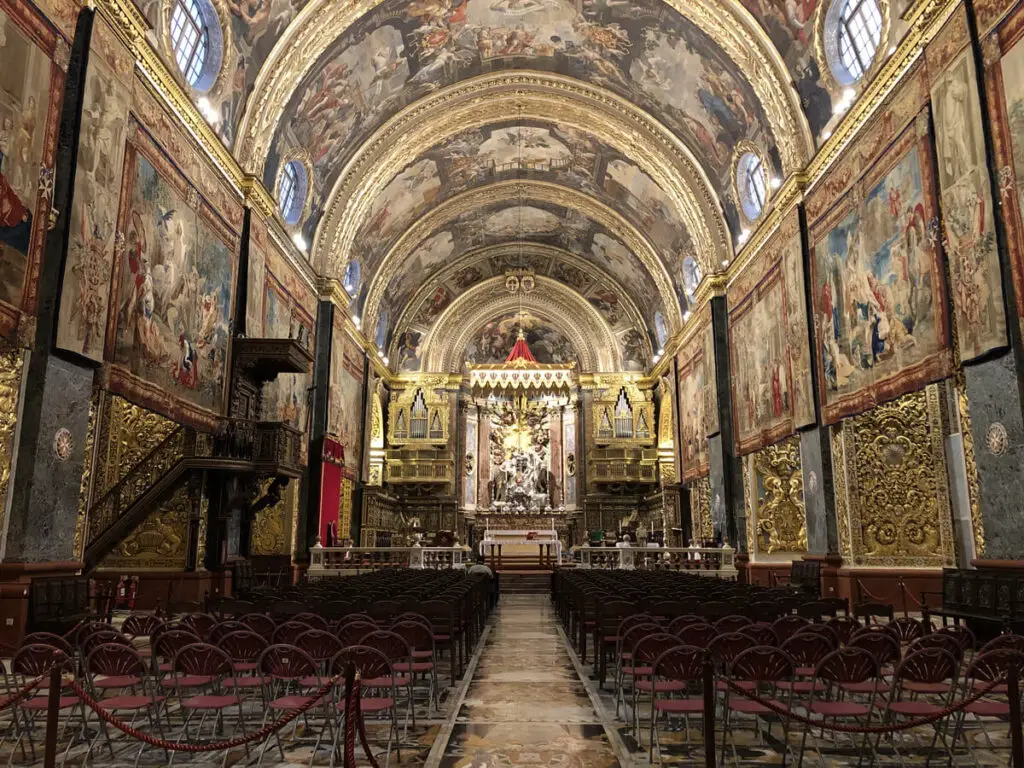
Whether you opt for 7 days in Malta, 4 or 2, St John’s Co-Cathedral is the crown jewel of Malta and a must visit. St. John’s Co-Cathedral is a baroque masterpiece that is sure to impress!
Located in the heart of Valletta, the cathedral is home to some of the most exquisite works of art. Its opulent interior is adorned with intricate marble carvings, frescoes, and gold leaf.
The most notable artwork is by a prominent world-renowned Baroque artist called Caravaggio. His masterpiece painting, The Beheading of Saint John the Baptist is housed in the Cathedral’s museum.
You can also admire the ornate chapels and the magnificent floor made of tombstones. The marble tombstones in St John’s Co-Cathedral are some of the finest examples of Baroque funerary art in Europe. They feature intricate designs and beautiful inscriptions, paying homage to the knights buried beneath them.
It is recommended to visit in the morning to avoid the crowds and to fully appreciate its beauty. Moreover there is a sign at the entrance to not go inside if you are wearing high heals. This is so as not to damage the delicate tomb stone floor.
Grand Masters Palace
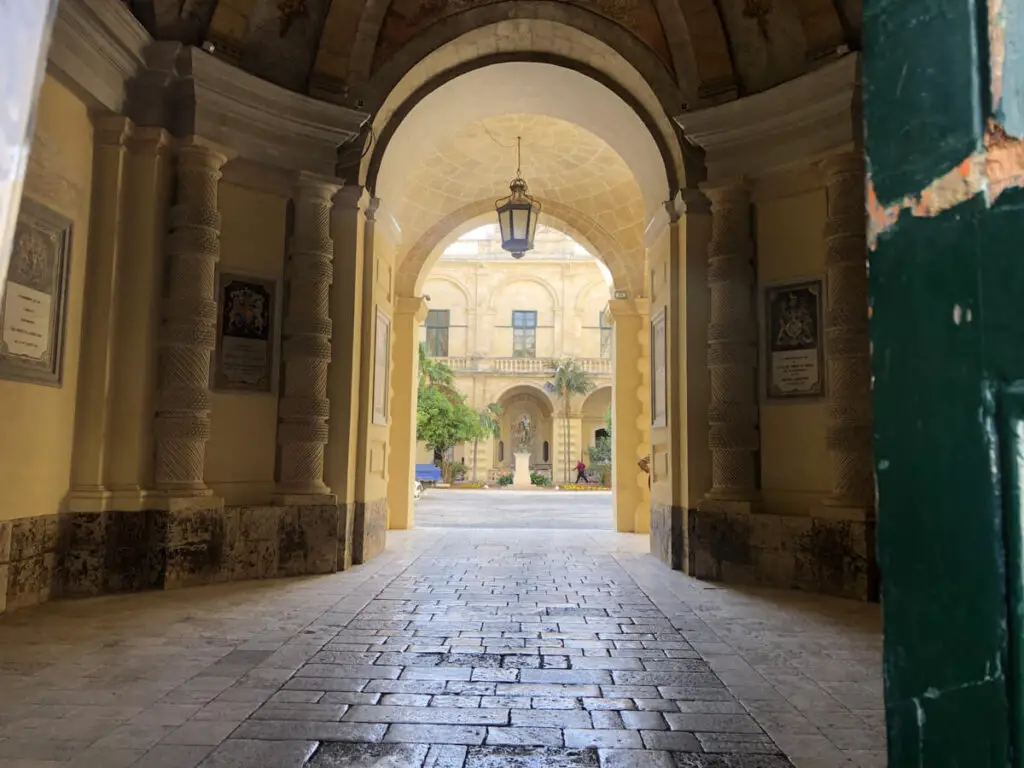
The Grand Masters Palace in Valletta, built-in 1571, served as the residence of the Grand Master of the Knights of St John. This impressive palace has hosted several historical events.
It boasts a unique collection of antiques. There are 18th-century French furniture and armour suits and weapons from the 16th to the 18th century. Additionally the palace has a State Room adorned with frescoes by Italian artist Matteo Perez d’Aleccio depicting the Great Siege of 1565.
In addition to its historical and cultural significance, the palace also serves as the seat of the President of Malta. It houses the offices of the House of Representatives and the Ministry of Tourism. Visitors can take guided tours of the palace, which offer a fascinating glimpse into Malta’s rich history and culture.
The 3 Cities
If you have some time to spare you can take a ferry from Valletta to the three cities of Senglea, Cospicua, and Vittoriosa.
These cities are home to some of Malta’s most significant historical sites. These include the Inquisitor’s Palace, the Maritime Museum, and Fort St. Angelo.
Each city has a unique charm with narrow streets, old buildings, and magnificent sea views. Walking through the Three Cities, you can witness the rich history of Malta, from the arrival of the Phoenicians, to the Knights of St. John, and the bombing of World War II.
Despite their rich heritage, the Three Cities are often overlooked in favour of the more popular destinations on the island. This makes them a hidden gem for those seeking a more authentic Maltese experience.
Day 2: Valletta
Casa Rocca Piccola
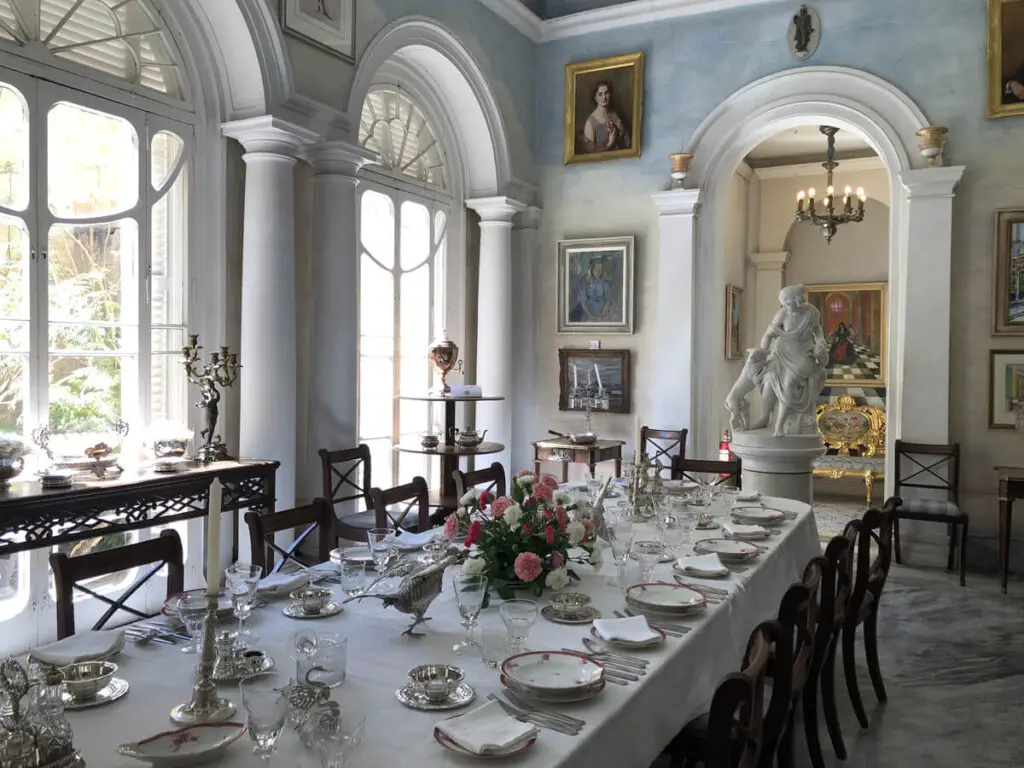
Casa Rocca Piccola is a 16th-century palace located in Valletta. The palace belonged to the noble De Piro family for over 400 years and was converted into a museum open to the public in 2000.
You can take a guided tour of the palace. Alternatively you go through the palace at your own pace while listening to the audio guide which you can download on your mobile.
You will get to see the family’s private collection of art, furniture, and historical artefacts. The palace is also famous for its underground tunnels, which were used as air raid shelters during World War II. The tour provides an insightful glimpse into the life of the Maltese aristocracy and the history of the island.

Manuel Theatre
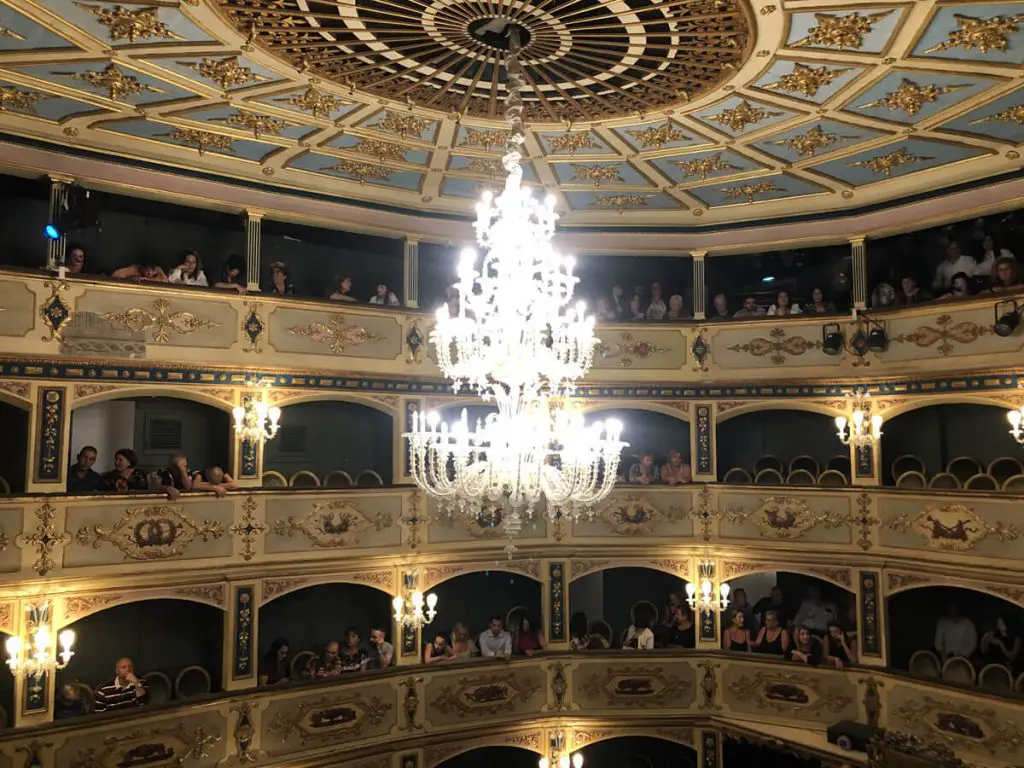
The Manoel Theatre, is one of Europe’s oldest working theatres. The historic building dates back to the 18th century and has been beautifully restored to its former glory. It has beautiful ornate decoration, plush velvet seating, and an intimate atmosphere.
The venue hosts a range of performances, including opera, drama, and concerts, and has welcomed renowned performers such as Antonio Vivaldi and Wolfgang Amadeus Mozart in the past. Its rich history and stunning architecture make the Manoel Theatre a cultural gem and an important part of Malta’s artistic heritage.
You could have a look at their upcoming events to enjoy one of the shows at the Theatre. Alternatively you can opt for an inexpensive guided tour. Here is the Manuel Theatre website for more information.
Fort St Elmo
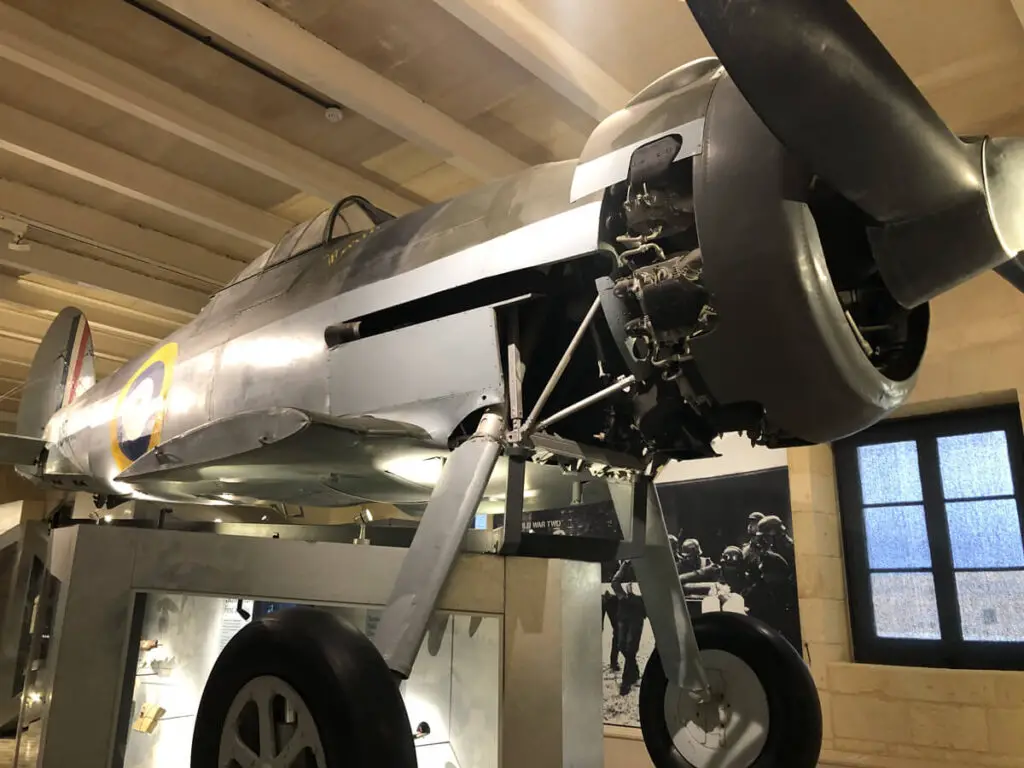
Fort St Elmo is a star-shaped fort that played a pivotal role in Malta’s history. Most importantly during the Great Siege of 1565 where the Knights of Malta and the Maltese fought the Ottomans.
The fort now houses the National War Museum, showcasing the country’s military history from the Bronze Age to the present day. You can explore the fort’s ramparts and towers and enjoy breathtaking views of the Grand Harbour.
The museum displays an impressive collection of military artefacts, including weapons, uniforms, and medals, as well as audio-visual displays, paintings, and sculptures.
Day 3: Gozo
7 days in Malta is not complete without visiting Gozo, the second-largest island in the archipelago. It is known for its picturesque countryside, and historical sites.
You could visit Gozo on your own, here is a guide to Gozo to enable you to do that. If you do not use public transport, you could consider using the Gozo hop-on hop-off bus to travel around the island.
Alternatively, for more flexibility, renting a car is a great option. Discover Cars allows you to compare prices from various rental companies to find the best deal. With their excellent Trustpilot rating, you can expect quality service and customer support.
Tal-Mixta Cave
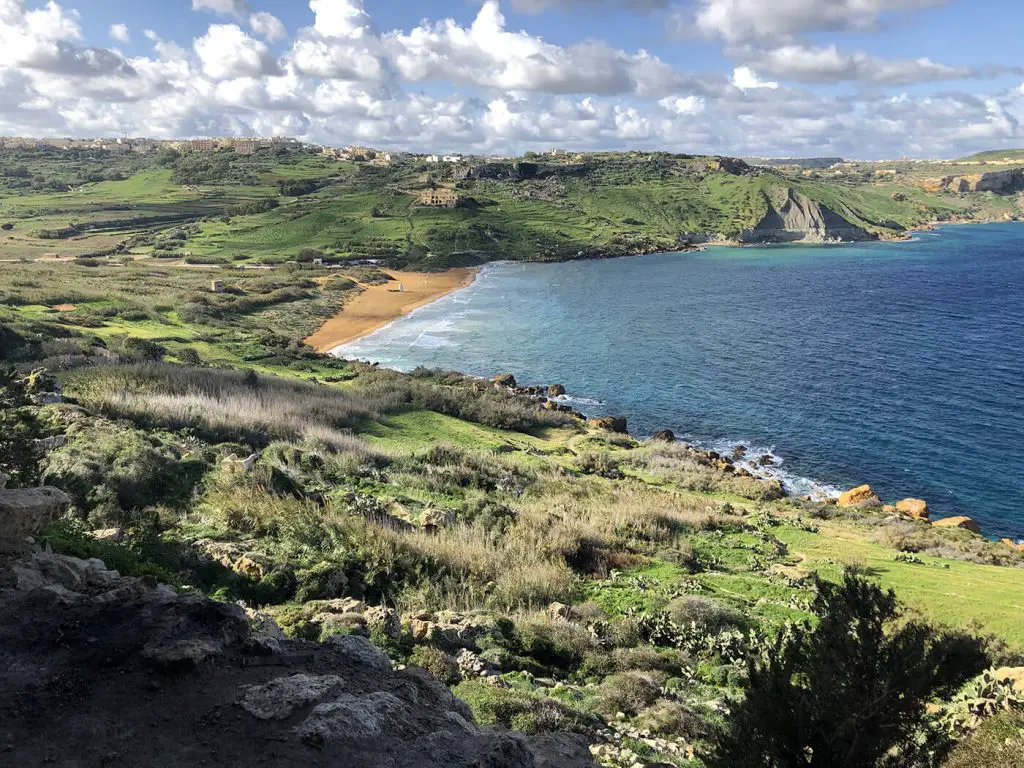
Tal-Mixta Cave is a popular spot in Gozo that offers breathtaking views of Ramla il-Hamra beach. You can get to the cave by car and then walk the last part to get to the cave.
As you walk up to the cave and inside the cave you will witness the stunning panorama of the bay and the surrounding hills. It is a perfect spot to take amazing Instagram worthy photos like the one above taken in winter. Note that it has not been Photoshoped!
However, in summer the surrounding landscape will be brown and not lush green since it barely rains. It will not be as pretty, but still gorgeous.
Ramla il-Hamra
Ramla il-Hamra is Gozo’s largest and most popular beach, and it’s easy to see why. The red sandy beach is perfect for swimming and relaxing, and the crystal-clear waters are ideal for snorkelling.
The beach is surrounded by stunning cliffs and hills, providing a beautiful backdrop to a day spent soaking up the sun. It’s a great place to unwind and enjoy the sea. Plus there are plenty of amenities available, including sun loungers, beach umbrellas and toilets.
Moreover, there are several beachside cafes and restaurants where you can enjoy a cold drink or a delicious meal with a view of the beach.
Day 4: Gozo
Ggantija
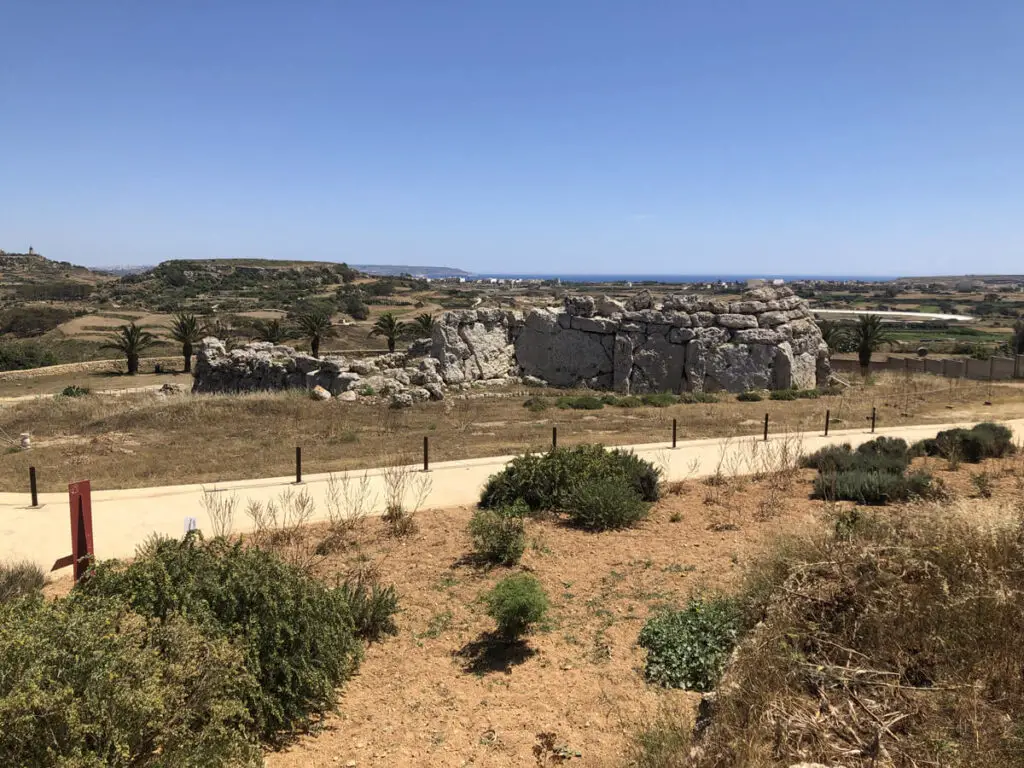
Ggantija is a Neolithic temple complex that is located in the village of Xaghra. Archeological experts believe it is one of the oldest free-standing structures in the world. Its name translates to “the giant’s tower,” and it dates back to 3600-3200 BC.
The site features two temple structures, archeologicalists think are aligned with the sun’s solstice and equinox. It has massive stone blocks, some weighing up to 50 tons. Surprisingly they were crafted and moved without the aid of modern machinery. As a result archaeologists are puzzled as to how the Neolithic builders accomplished such a feat.
Visiting Ggantija is an opportunity to marvel at the engineering prowess of our ancestors and learn the island’s ancient history. Moreover you can check out the surrounding view which is equally as magnificent.
Ta’ Kola Windmill
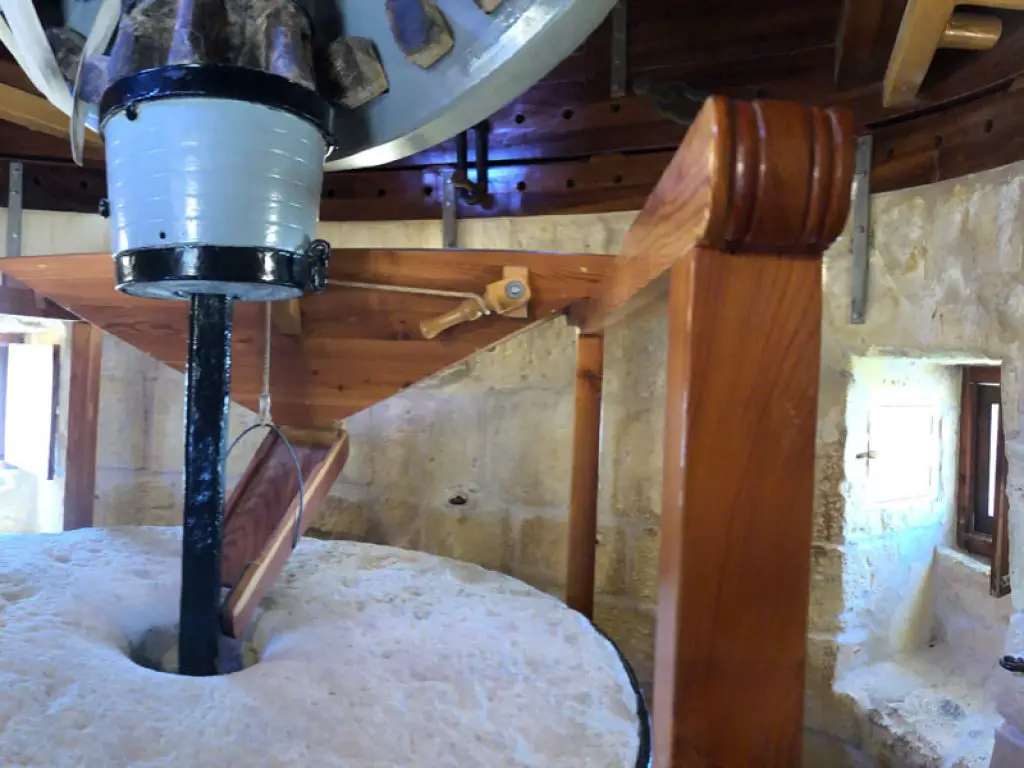
With the ticket to visit Ggantija, you get access to the Ta’ Kola Windmill, just a stone’s throw away from the temples.
Ta’ Kola Windmill is a historical site in Gozo and one of the few remaining windmills on the island. The windmill was built in 1725 and used for grinding grain until the mid-20th century. Today, visitors can explore the windmill’s interior and learn about its history and the traditional methods of grain milling.
Day 6: Mdina, Rabat, and San Anton
Mdina
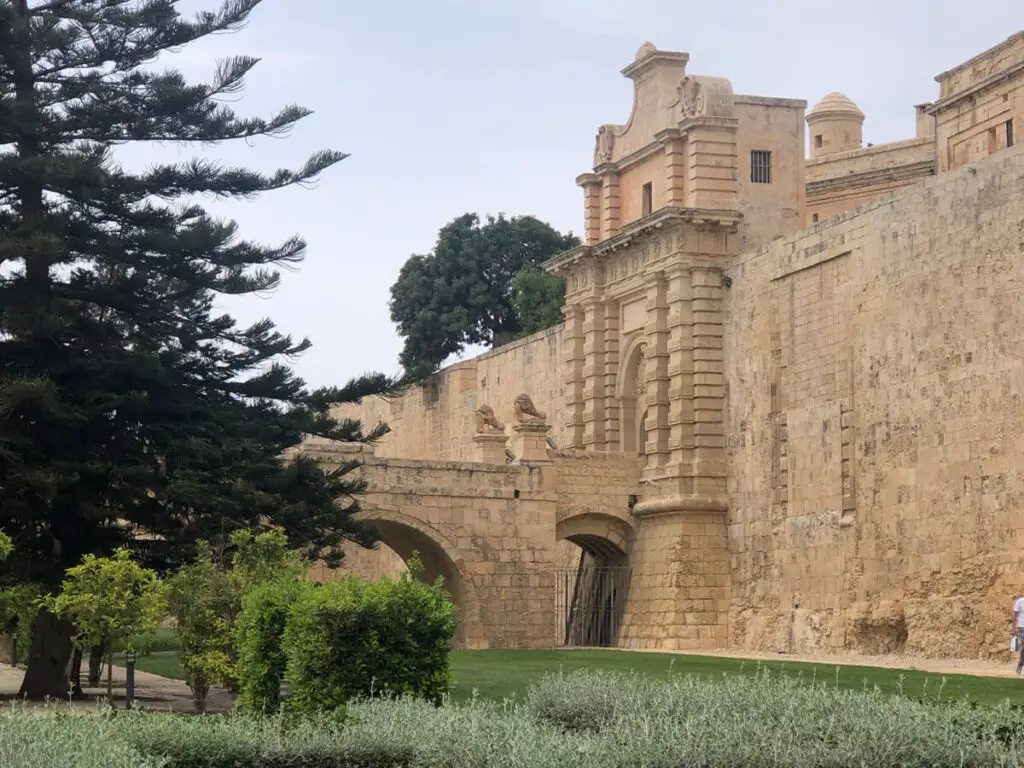
On the sixth day of your 7 days in Malta escape, it’s time to visit the fortified city of Mdina, also known as the “silent city.” This ancient city is full of winding streets and alleys, and it’s easy to get lost in its beauty. It was the old capital of Malta and is steeped in history, dating back over 4,000 years.
The city walls are some of the best-preserved in Europe and offer fantastic views of the surrounding countryside. Make sure you visit St. Paul’s Cathedral, which was built in the 17th century and is a masterpiece of Baroque architecture. The cathedral is home to many artworks, including paintings by the famous Maltese artist Mattia Preti.
Rabat
Just outside Mdina is the town of Rabat, which is home to some fantastic attractions. Make sure you visit the catacombs of St. Paul, which date back to the Roman times. These catacombs are a series of underground tombs that are fascinating to explore.
Another highlight in Rabat is the Roman Villa, which was discovered in the 19th century. The villa contains beautiful mosaics, and you can also see the remains of a bathhouse and a number of rooms.
San Anton
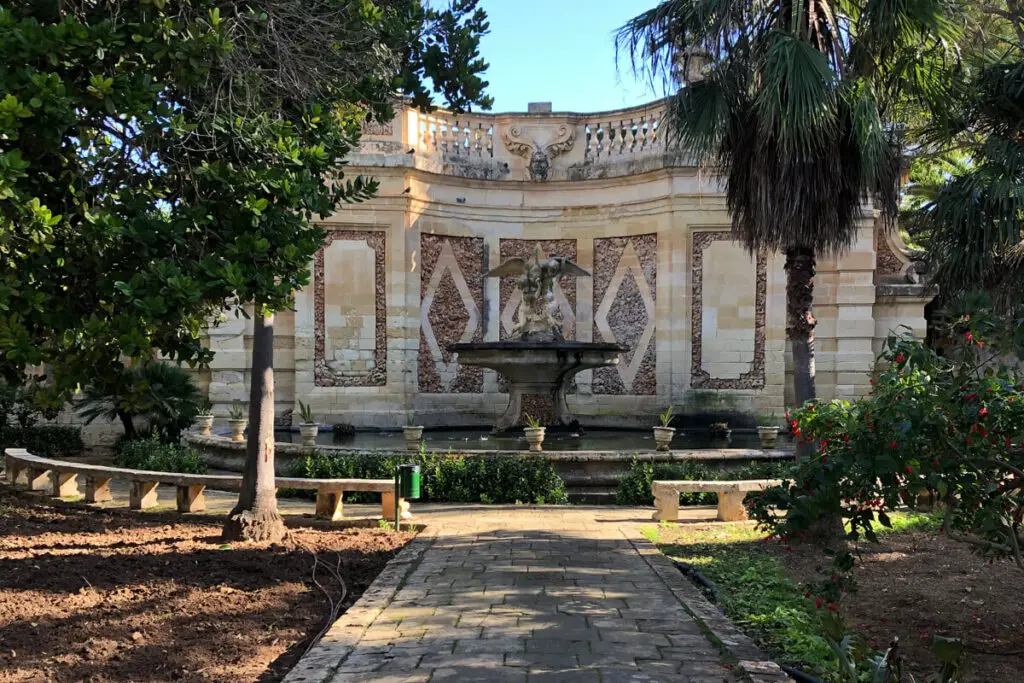
San Anton is a palace located in the village of Attard. Originally built in the 17th century as a summer residence for the Grand Master of the Knights of St. John, it is now the official residence of the President of Malta.
The palace features beautiful gardens that are open to the public and boast a variety of plants, trees, and fountains. The gardens contain many rare and exotic plants and trees, as well as beautiful fountains and sculptures.
There’s also a small aviary with a variety of birds. Some of them like the peacocks and chickens that are allowed to walk around freely in the garden.
Day 7: Hypogeum, Marsaxlokk, Blue Grotto
Hypogeum
On the final day of your Malta escape, make sure you visit the Hypogeum of Ħal-Saflieni. This is an underground temple complex that was discovered by chance in 1902. It’s an incredibly well-preserved site that dates back over 5,000 years and is a UNESCO World Heritage site.
Visiting the Hypogeum is a unique experience, as you’ll be able to see the intricate carvings and decorations that were created by the prehistoric inhabitants of Malta. The site is only accessible through guided tours, so make sure you book your tickets in advance.
Marsaxlokk
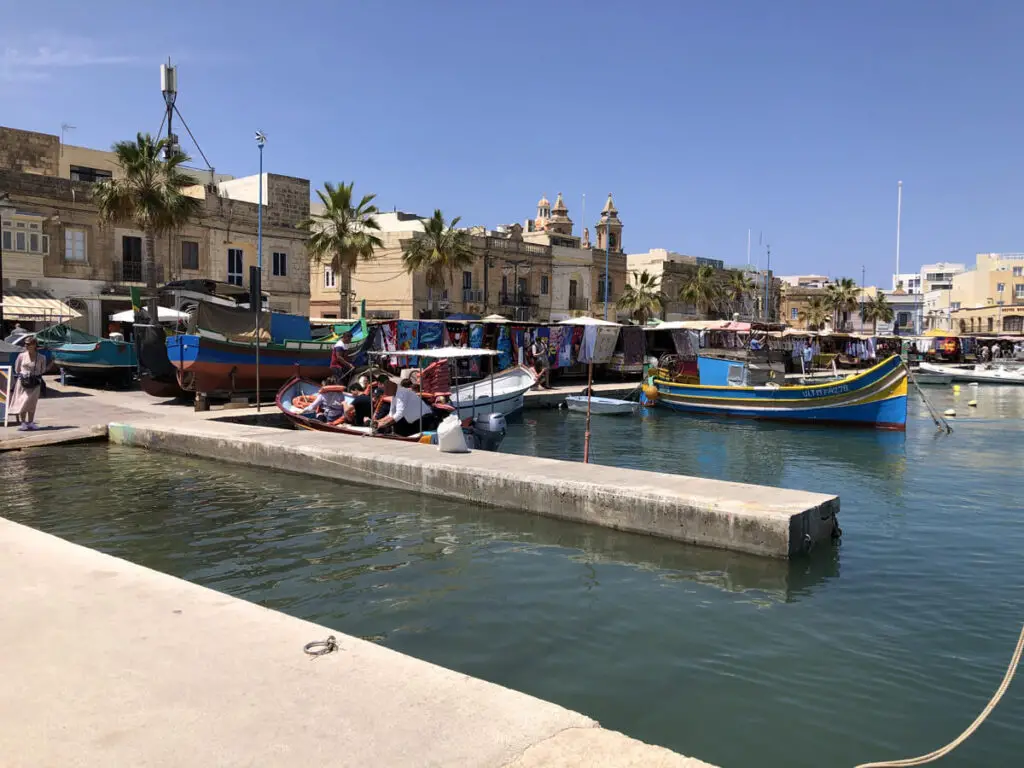
This fishing village is famous for its colourful traditional fishing boats, which are called luzzus. The boats are painted in bright colours of blue, yellow, and red. They have a distinctive eye on the bow, which is meant to protect the fishermen from harm at sea.
If you visit on Sunday morning you will be able to see the market. It is one of the largest markets on the island with a wide variety of fresh fish, including swordfish, tuna, and octopus. You can also buy local crafts and souvenirs from many of the stalls and also fruit and vegetables.
If you like how the village looks and you would like some time to relax this village is the perfect spot. It is cut off from the rest of the Malta with less public transport options. However it is cheaper and the perfect location to experience the more authentic side of Malta. In fact it is featured in the 9 areas where to stay in the Maltese islands.
Blue Grotto
The Blue Grotto is another popular attraction that is well worth seeing when you spend 7 days in Malta. The Blue Grotto is a series of sea caves on the southern coast of Malta.
There are several tour operators that offer a 20 minute boat ride to the caves. Once you arrive at the Blue Grotto, you will be struck by the beauty of the area. The sea caves are surrounded by towering cliffs and the water is incredibly clear.
After the boat ride, you can take a stroll around the area and enjoy the stunning views of the Mediterranean. There are several restaurants and cafes in Wied iz-Zurrieq where you can enjoy a meal or a drink. Alternatively you can simply relax and take in the beauty of your surroundings.
7 Days in Malta – Conclusion
In conclusion, a 7-day trip to Malta is the perfect way to experience most of what Malta has to offer. From the stunning architecture of Valletta and Mdina to the beautiful beaches and crystal-clear waters of Gozo and Comino, Malta has something for everyone. So why not plan your own Malta escape and discover the magic of this Mediterranean gem for yourself?
Related Articles
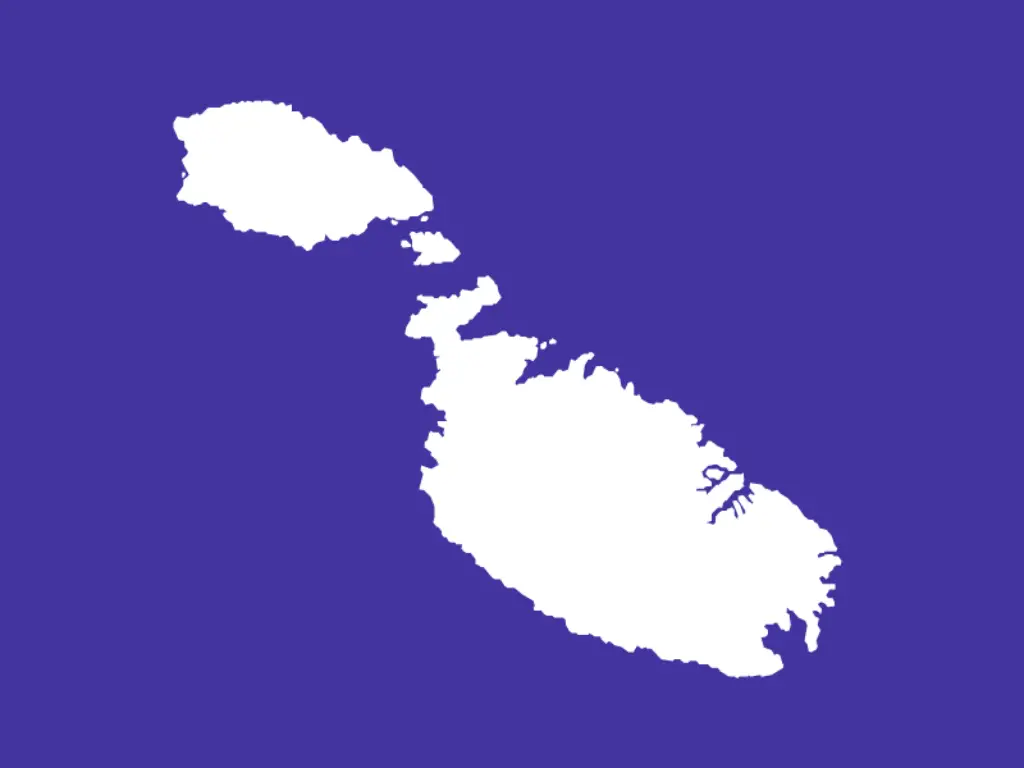
Holiday in Malta | Highlights | Kids Activities | Itineraries | Guides
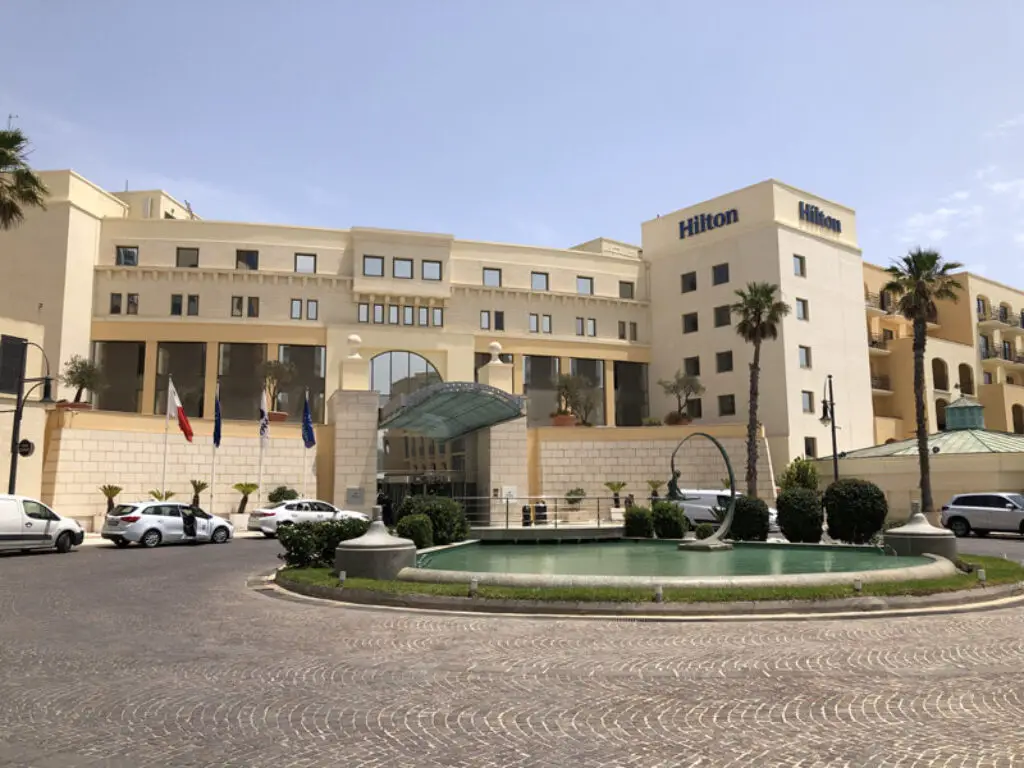
Where to Stay in Malta: Sliema, St Julian’s or Valletta
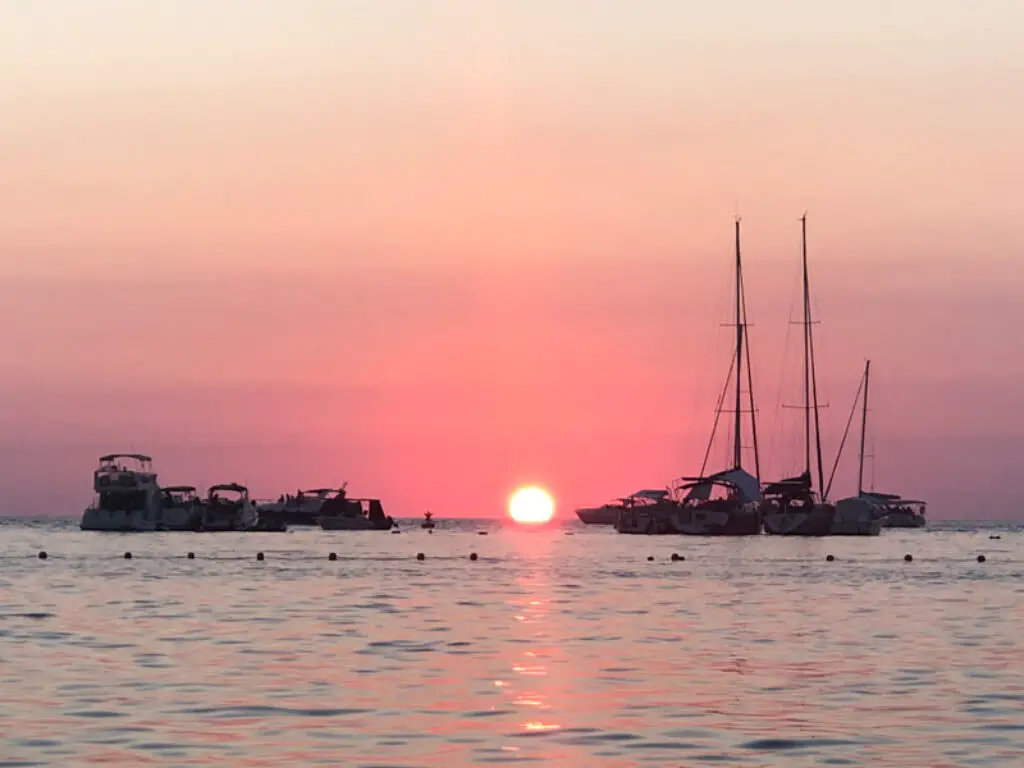
UV in Malta: Monthly Levels and Guidelines